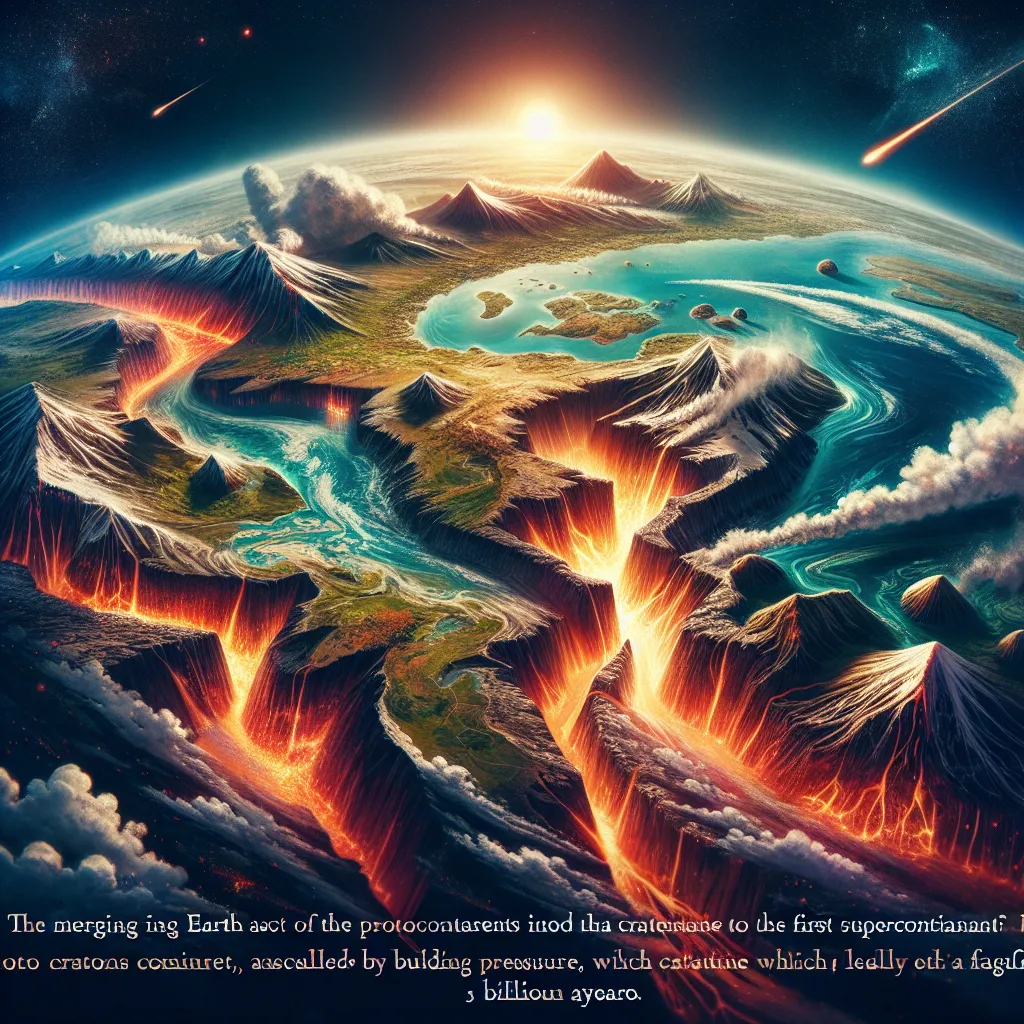We share our solar system with countless bits of debris that have been around since time began. Imagine these bits, some moving faster than 20,000 miles an hour, almost undetectable until the Sun heats them up. These comets are darker than coal and scientists are racing to figure them out because they might hold the secrets to our solar system’s birth — or could spell our doom. Throughout history, their impacts have left scars on every planet. The sheer force of their blows is terrifying, wiping out life forms just like they did to the dinosaurs millions of years ago.
Our solar system, with its eight planets orbiting the Sun, seems orderly. However, once in a while, this order is shattered by the sudden appearance of a comet. For centuries, people saw these streaks of light as evil omens, but in reality, comets are much more interesting. They contain material that has been around since the solar system formed 4.6 billion years ago. Understanding them helps scientists grasp our place in the universe as they hold ancient, unaltered material.
Comets are not only creators but also destroyers. It’s a scary thought, but there’s concrete evidence. Just look at the dinosaurs. Most scientists agree a major impact from a comet or asteroid wiped them out 65 million years ago. Earth’s temperature plummeted, light was blocked, and massive tidal waves swept around the world. It was a disaster that led to the extinction of many life forms, but it also paved the way for mammals—and eventually humans—to thrive.
Today, scientists are still intrigued by comets. They’ve been tools in understanding our solar system’s birth, using advanced technology to intercept, smash into, and even land on them. One of the most famous studies was by Edmund Halley in the 17th century, whose predictions about a comet that appears every 76 years were spot-on, forever changing our grasp of these celestial bodies.
To decode comets’ mysteries, we must travel back 4.6 billion years when our solar system was just a cloud of dust, ice, and debris. As everything spun and collapsed, the Sun was born. The leftovers formed comets and asteroids, which either merged into larger bodies or were cast out to the edges of our solar system, a mysterious area called the Oort Cloud. This region, billions of miles away, is likely home to a million comets drifting through space for billions of years.
Scientists study these far-flung travelers using advanced techniques and missions like 1985’s Giotto satellite, which provided the first close-up images of Halley’s Comet. The findings were astounding; comets transform when nearing the Sun, shooting gas and dust to form brilliant tails.
Humans have always feared comets, seeing them as bearers of disaster. In 1066, Halley’s Comet was a sign for William the Conqueror to invade Britain. Even in modern times, comets sparked bizarre reactions, like the Heaven’s Gate cult tragedy in 1997. Today, science has replaced fear with curiosity, allowing us to study them with missions like NASA’s Stardust, which analyzed comet particles, revealing clues about our solar system’s early days.
But comets don’t just tell us about the past—they may be one reason life exists on Earth. Scientists speculate that during Earth’s early years, a heavy bombardment of comets delivered water and essential organic materials, sparking the emergence of life. Discoveries of these organics in comets have bolstered this theory, suggesting that these ancient bodies could have jump-started life.
While these celestial wanderers might have kick-started life, they also pose a monumental threat. Imagine a one-mile-wide comet crashing into Earth at over 100,000 miles an hour, unleashing power that could lead to catastrophic earthquakes, tsunamis, and a nuclear winter. While Jupiter often protects us by capturing or deflecting comets, Earth isn’t always safe.
In efforts to guard against future impacts, NASA runs programs to detect and catalog near-Earth objects. With advanced observations and technologies, they hope to discover potential threats and develop methods to steer comets away, from nuclear explosions to solar sails.
As our understanding of comets deepens, spearheaded by missions like Europe’s Rosetta which plans to land on a comet in 2014, the possibilities expand. Could comets one day be our lifeboats, supplying water and fuel for space travel? The quest to unlock their secrets continues, not just for academic curiosity but for our survival. We may one day need to leave Earth, seeking refuge from a rogue comet. But until then, comets are a subject of wonder and an essential part of our universe’s story.






